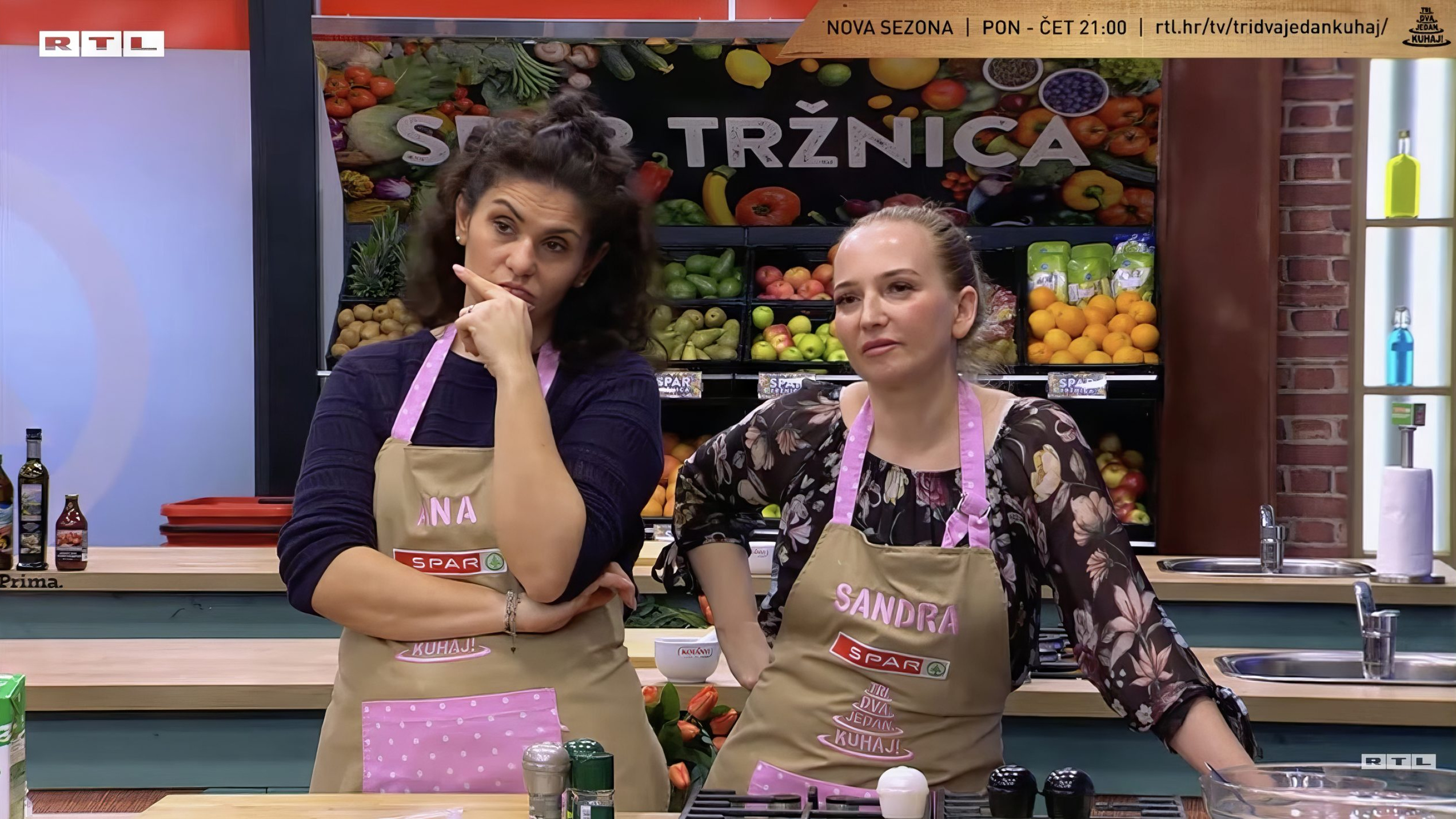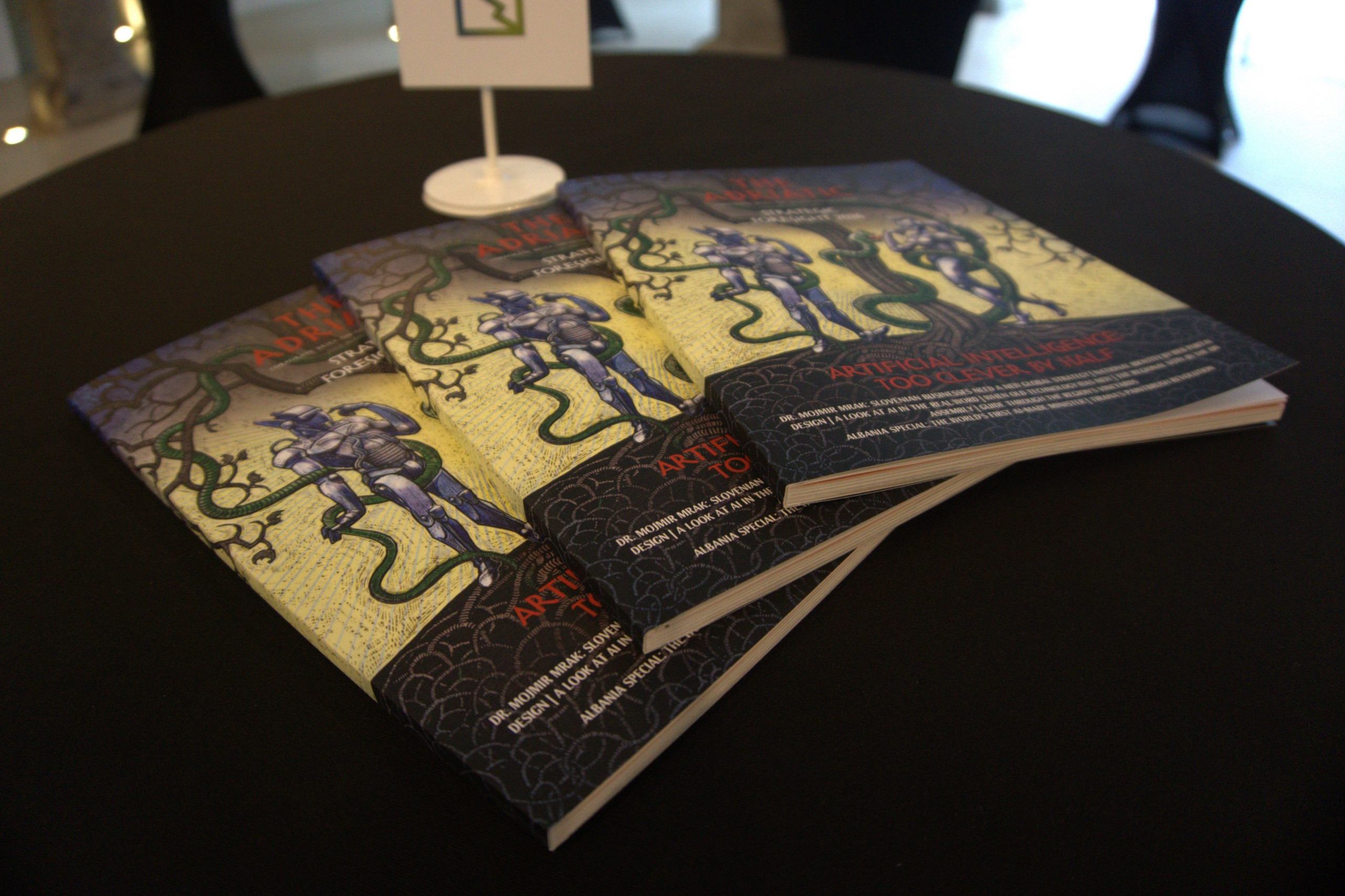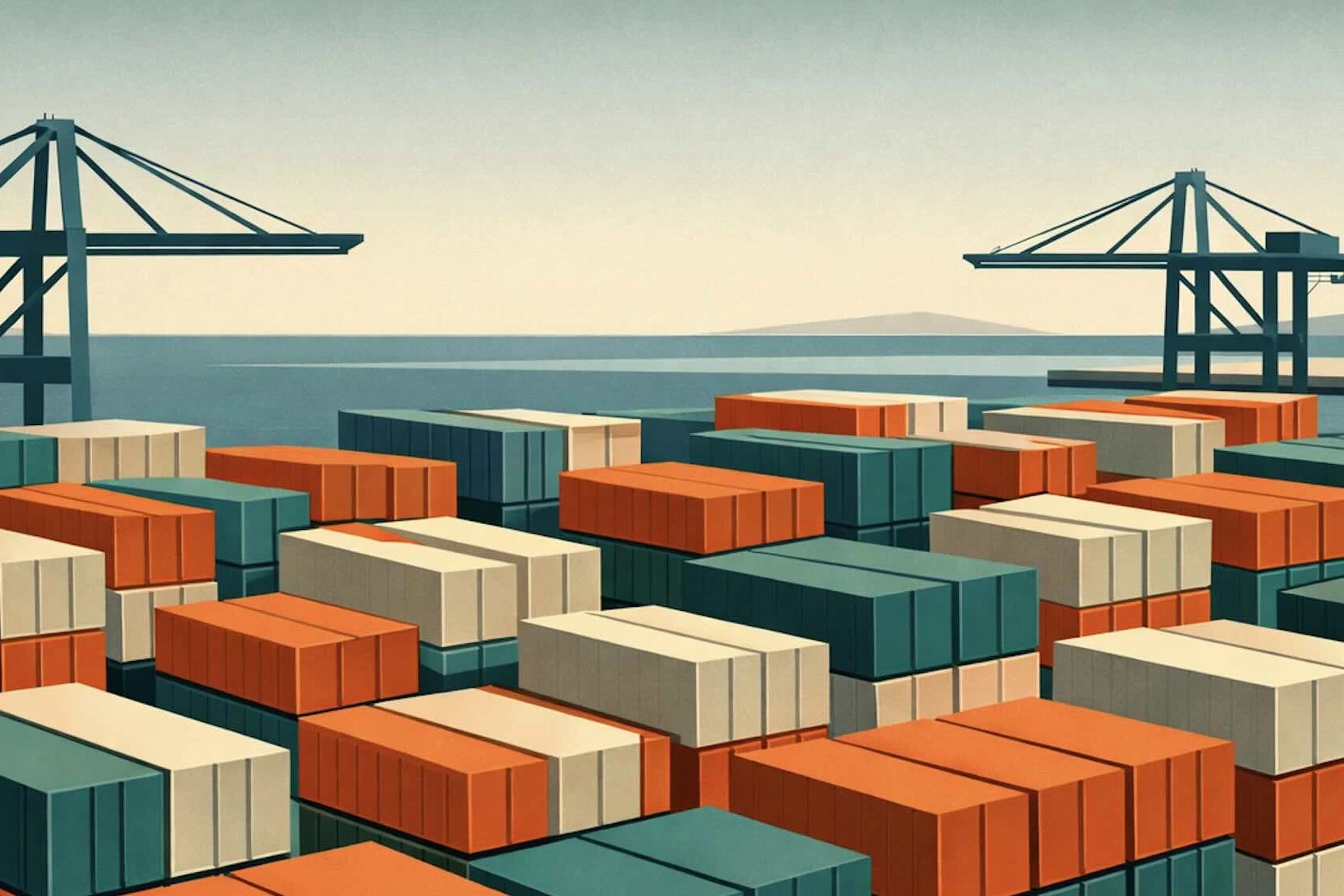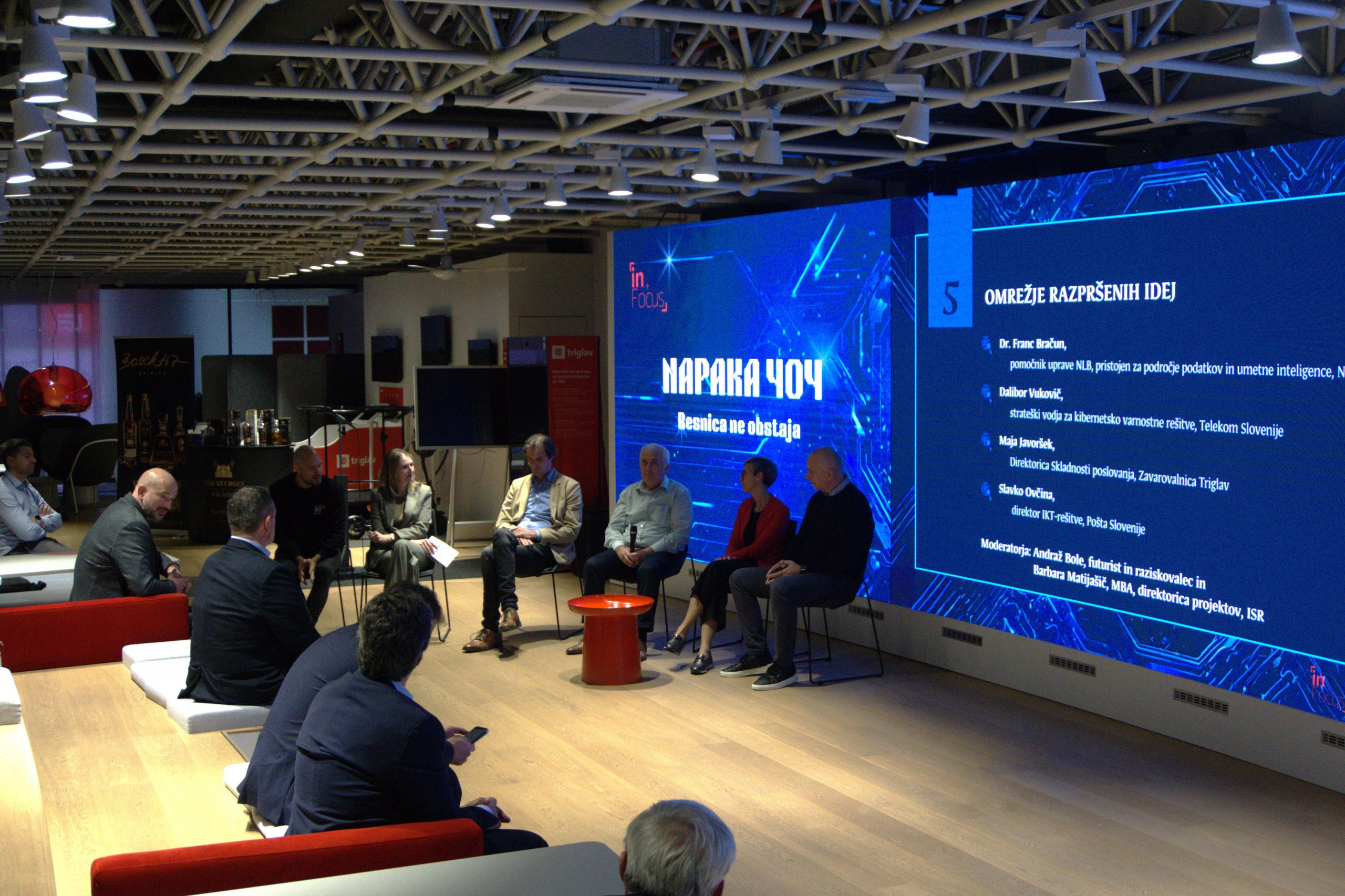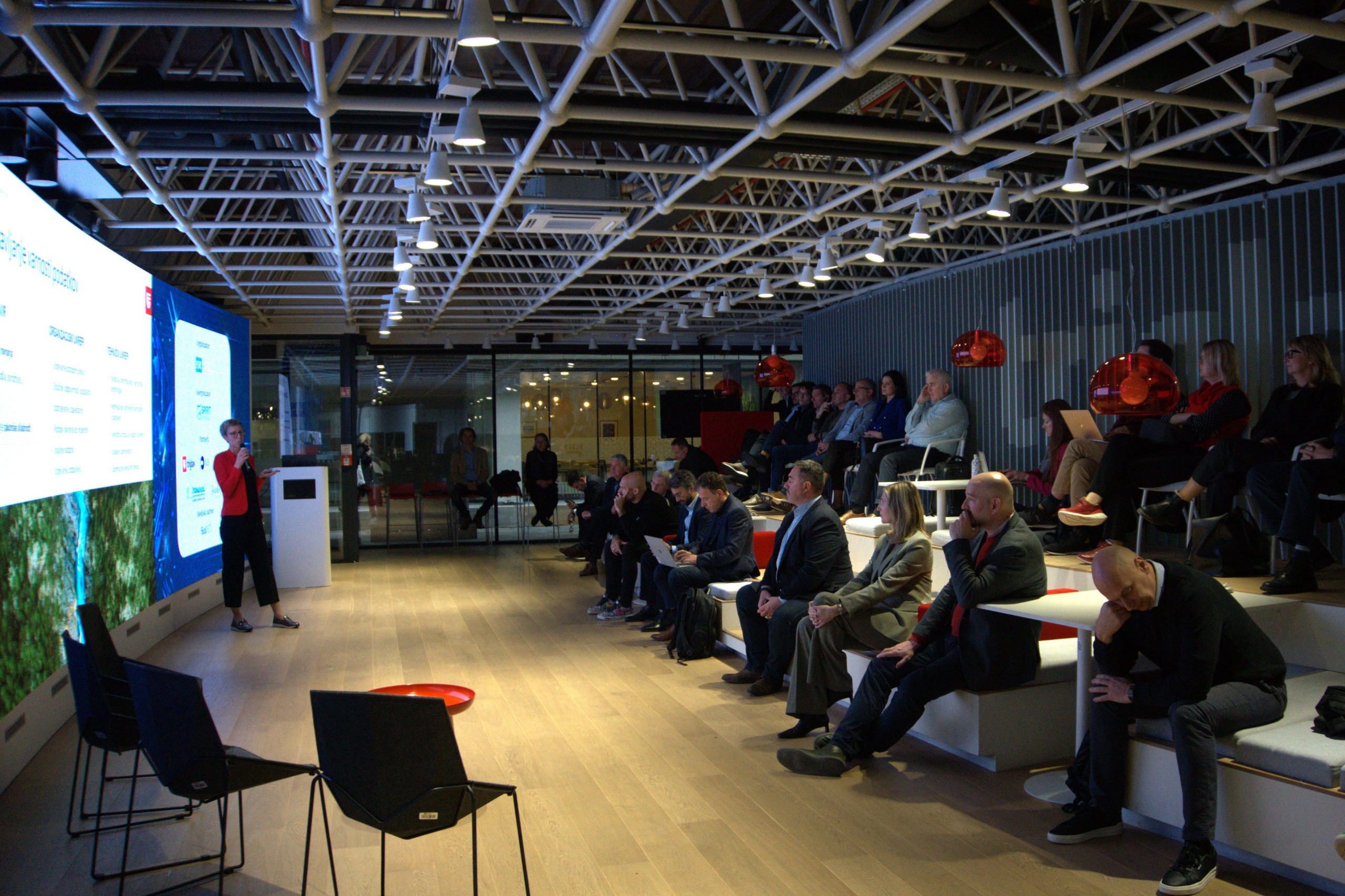Adriatic stirring pots reveal national character
Jure Stojan
In the Adriatic region, cooking shows have transcended their traditional role as mere culinary exhibitions, becoming vibrant reflections of national culture and identity. To use Massimo Montanari's wise words, the 'taste of geography' doesn't belong to the past."
In Serbia, “Majke i Snajke” (Mothers and Daughters-in-Law) illustrates this concept vividly. On the surface, it is a culinary duel of women vying for favour of the son/husband. Deep down, it is a tableau of traditional family dynamics and the societal importance of domestic culinary skills. This show is not just a contest; it is a cultural commentary, weaving family relationships into the fabric of national identity, embodying the Serbian values of familial bonds and the revered status of culinary expertise.
Contrastingly, Croatia’s “Tri dva jedan – kuhaj!” (Three Two One – Cook!) spotlights a different facet of national character. The show’s evolution is striking, as noted by producer Danijela Habek, who speaks of a “return to roots” in recent seasons, simplifying the contest of competing pairs structure to enhance the culinary challenge. This mirrors the Croatian ethos of community and collaboration. Judge Ivan Pažanin’s description of the show as a “real gastro competition” with a focus on professional cooking and a wide culinary range, from traditional Croatian dishes to global cuisines, underscores this communal spirit.
A taste of heritage
Meanwhile, in Bosnia, “Moj chef je bolji od tvog” (My Chef is Better than Yours) aims to display “the flavours inherited by the people of Bosnia and Herzegovina”. To quote the advertisement for the programme, “the most beautiful flavors are created from love and the need to relax.”
These shows, in their unique ways, serve as a cultural lexicon. They offer a window into societal values, traditions, and the evolving nature of national identities in the Adriatic. They are platforms for showcasing culinary excellence and mirrors reflecting the diversity, complexity, and richness of the region’s cultural landscape.
Moreover, these programs resonate with Carole Counihan’s observation that “Food is a product and mirror of the organization of society on both the broadest and most intimate levels. It is connected to many kinds of behaviour and is endlessly meaningful. Food is a prism that absorbs and reflects a host of cultural phenomena.” In Serbia, “Majke i Snajke”reinforces traditional gender roles through its format, while in Croatia, “Tri dva jedan – kuhaj!” challenges these norms by emphasizing collective culinary endeavours over individual prowess.
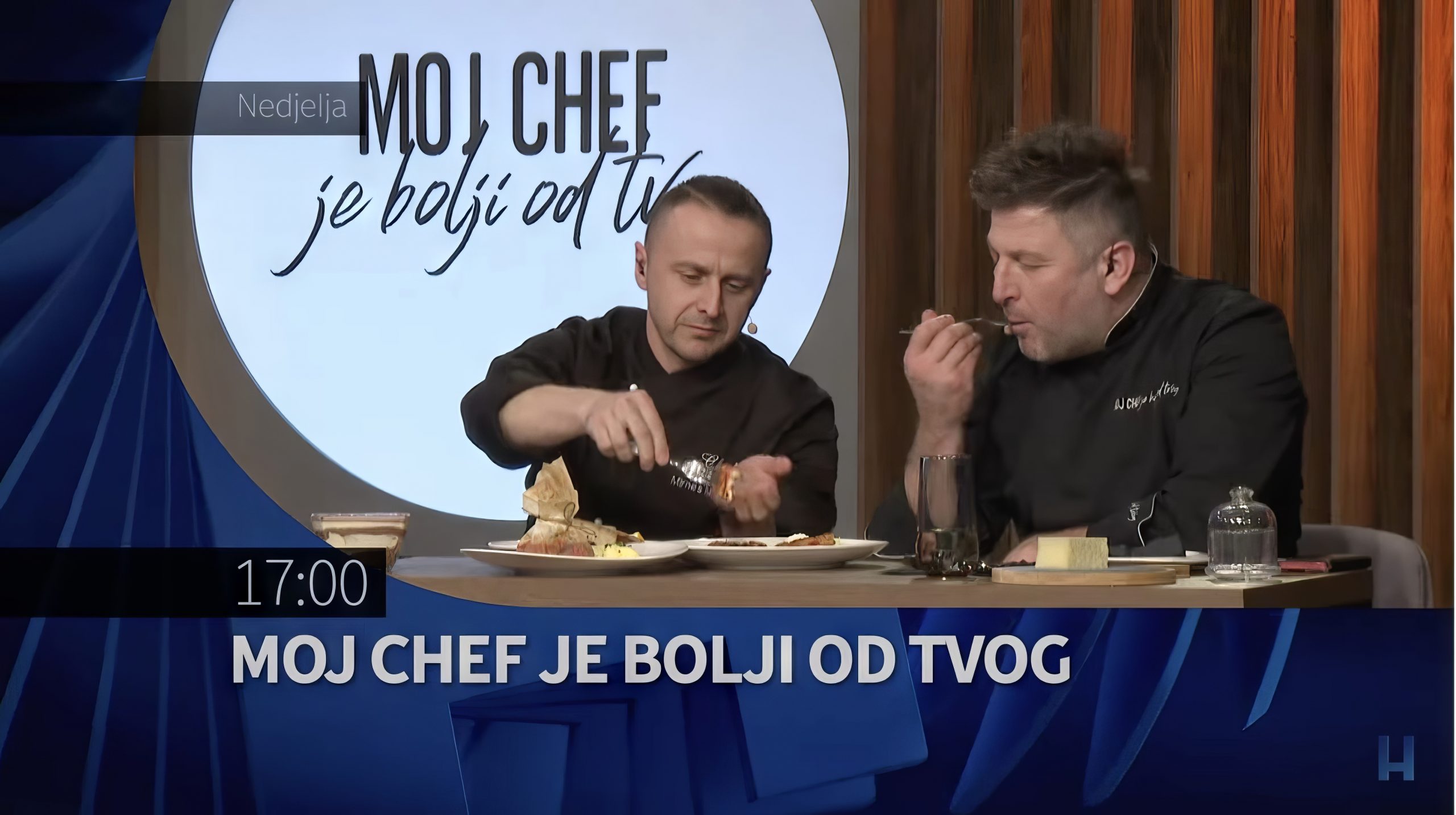
Photo: Hayat/Youtube
The culinary themes and recipes featured in these shows also offer insights into the historical and geographical influences shaping national cuisines. For instance, the emphasis on hearty, comfort foods in Serbian cooking shows reflects the importance of communal meals in its social fabric. Croatian shows often feature seafood and Mediterranean flavours, highlighting the country’s geographical location and historical ties with Mediterranean and Central European culinary traditions.
These cooking shows are more than entertainment; they are a narrative of nations. As they continue to evolve, they will undoubtedly serve as key indicators of societal changes and cultural continuities, offering a unique perspective on the nations they represent. They do more than just satiate the appetite; they nourish cultural curiosity and foster a deeper understanding of the rich tapestry that is the Adriatic region.
In conclusion, the cooking shows of the Adriatic region are a testament to the power of cuisine as a cultural identifier. They are a celebration of national heritage, a reflection of societal values, and a vibrant medium through which the story of a nation is told, bite by delicious bite.

